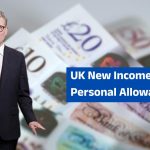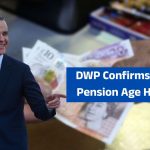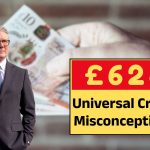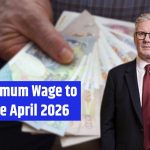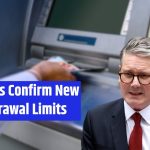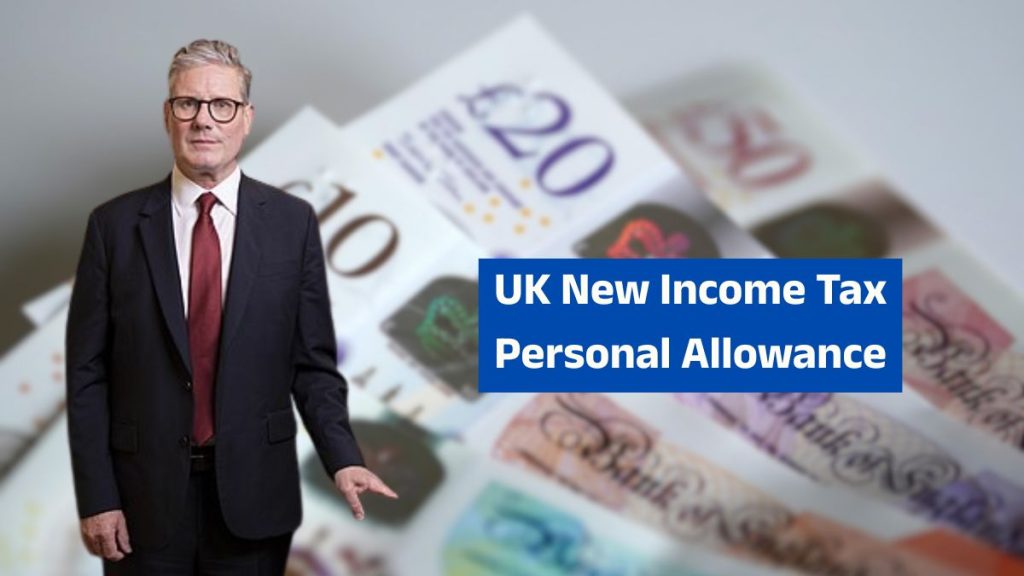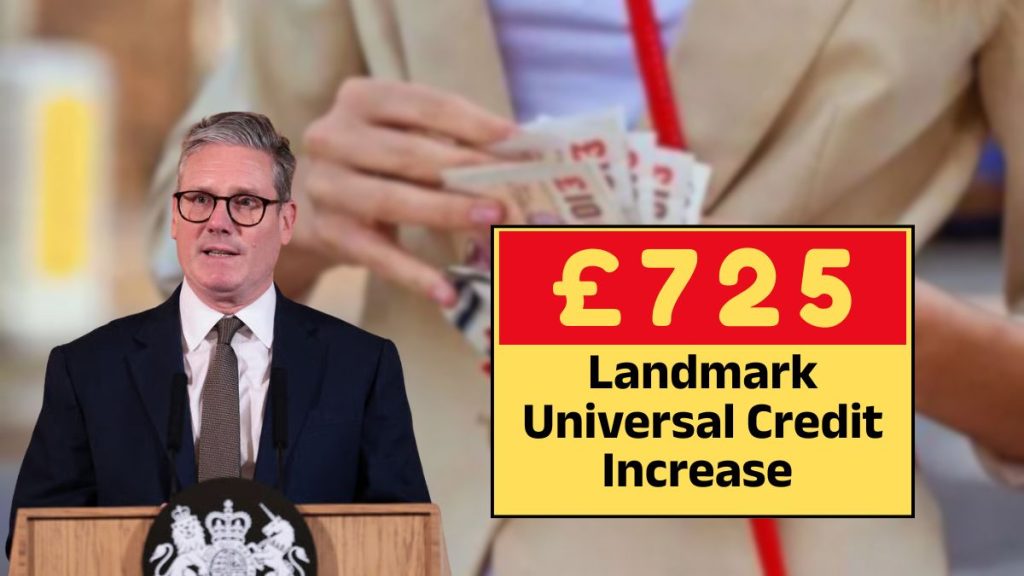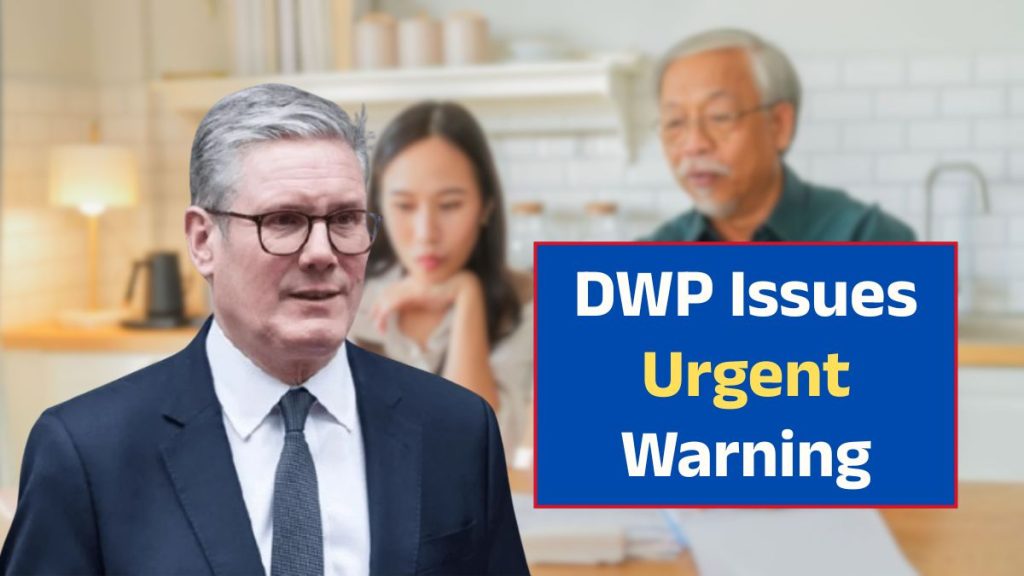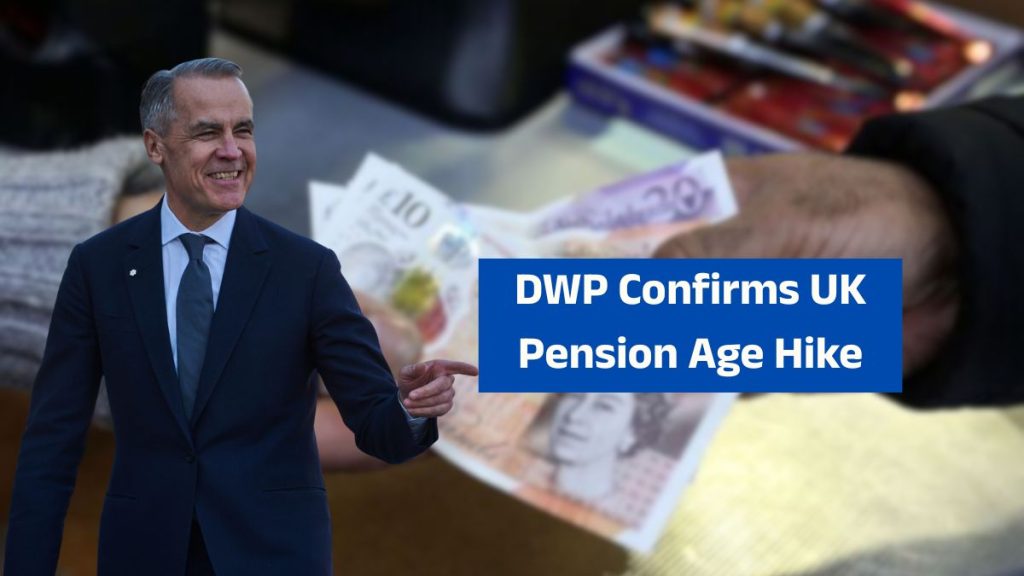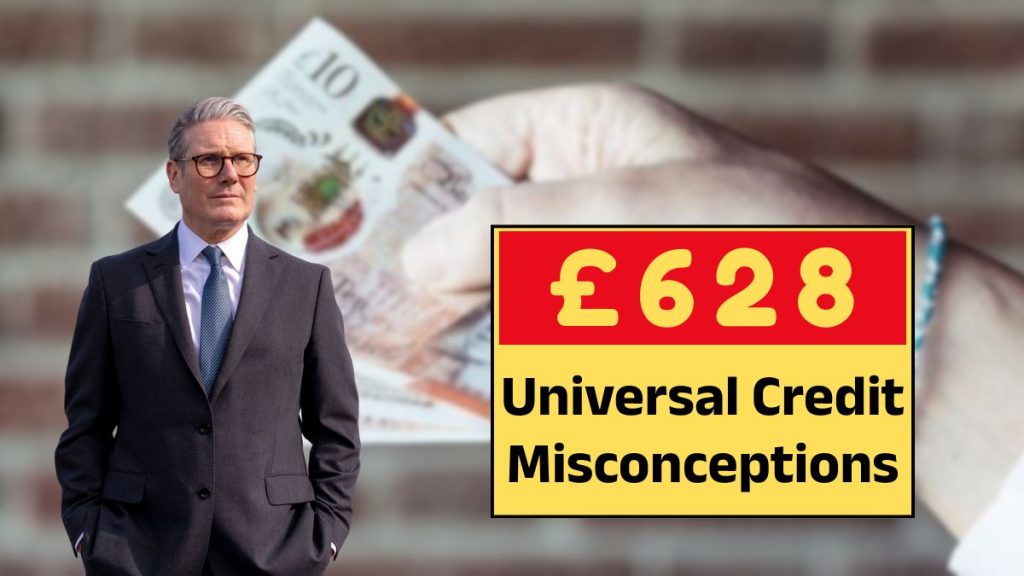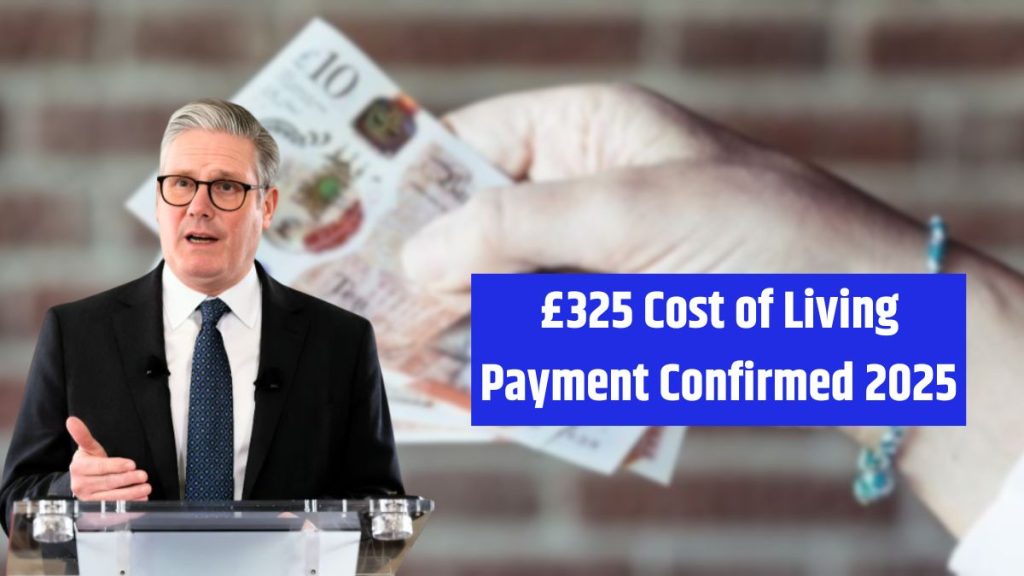The cost of living has been a pressing issue for millions of households across the UK. Rising energy prices, expensive groceries, and higher housing costs have made it difficult for many families and pensioners to manage their monthly budgets. To ease this pressure, the Department for Work and Pensions (DWP) has confirmed a £600 Cost of Living Boost coming in September 2025.
This article explains everything UK residents need to know about the new support, including who is eligible, when the payment will be made, and how households can prepare.
What Is the £600 Cost of Living Boost?
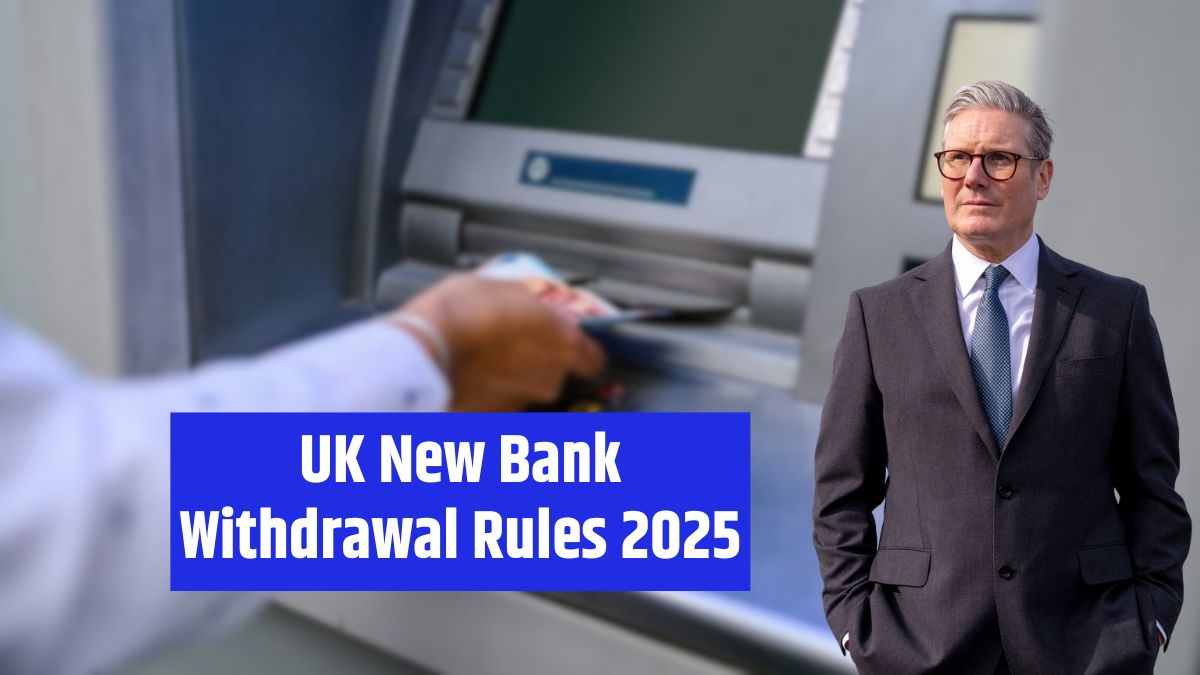
The £600 Cost of Living Boost is a one-off government payment designed to help households manage rising expenses. Unlike a permanent uplift to pensions or benefits, this is a lump sum payment intended to provide relief ahead of the winter season, when heating, food, and energy bills often surge.
What makes this scheme unique is its flat £600 payment for all eligible households. Previous support packages varied by household type, but this simplified approach ensures families and pensioners receive the same amount without confusion or delays.
Why Is the Payment Being Issued in 2025?
While inflation has slowed compared to earlier peaks, many households remain under severe financial pressure. Food costs, rent increases, and energy bills continue to strain household budgets.
The government acknowledges that vulnerable groups—including pensioners, low-income families, and disabled individuals—still struggle despite signs of economic recovery. The £600 boost aims to provide additional stability, prevent fuel poverty, and reduce hardship during the winter months.
When Will the Payment Arrive?
The DWP has confirmed September 2025 as the issue date for the £600 Cost of Living Boost.
- Payments are expected between the second and third week of September.
- Exact dates will depend on banking schedules and the type of benefit being claimed.
- Most households will receive the payment on the same day as their regular pension or benefit, though it will appear as a separate transaction in bank accounts.
Who Is Eligible for the £600 Payment?
Not every UK household qualifies. The payment is targeted at people relying on state support or fixed incomes. Eligibility includes:
- Pensioners receiving State Pension and Pension Credit
- Universal Credit claimants
- Those on Income Support or income-based Jobseeker’s Allowance (JSA)
- People receiving income-related Employment and Support Allowance (ESA)
- Households on Working Tax Credit or Child Tax Credit
- Individuals on disability-related benefits such as Personal Independence Payment (PIP) or Attendance Allowance
Qualifying Benefits for the £600 Support
The payment is directly linked to existing benefit entitlements. If you already receive one or more of the following, you will qualify automatically:
- Universal Credit
- Pension Credit
- Income-based Jobseeker’s Allowance (JSA)
- Income-related Employment and Support Allowance (ESA)
- Income Support
- Working Tax Credit
- Child Tax Credit
- Personal Independence Payment (PIP)
- Attendance Allowance
Do You Need to Apply?
No application is needed. The DWP and HMRC will automatically identify eligible households and transfer the money directly into their accounts.
This means there will be no forms to fill out and no deadlines to meet. As long as you receive one of the qualifying benefits, you will get the £600 payment without any additional action.
How Will the £600 Be Paid?
Payments will go directly into the same bank account used for pensions or benefits. The transaction will be labelled with a reference such as “DWP COLP” (Cost of Living Payment), making it easy to identify.
It will not interfere with regular benefit payments, as it will appear separately.
Is the Payment Tax-Free?
Yes. The £600 boost is tax-free and will not count as income for benefits purposes. This ensures:
- It will not reduce your Universal Credit, Pension Credit, or other entitlements.
- You will receive the full amount without deductions.
What If You Do Not Receive the Payment?
If you believe you qualify but do not see the payment by the end of September 2025, take the following steps:
- Check eligibility – Confirm that you were receiving a qualifying benefit during the eligibility window.
- Verify bank details – Make sure DWP or HMRC has your correct account information.
- Wait until the payment window closes – Some banks may process payments later.
- Contact DWP or HMRC if the payment has not arrived after the deadline.
Impact on Pensioners
For pensioners, the payment will be especially significant. Many older people rely almost entirely on the State Pension, which often falls short of covering rising costs.
With heating bills expected to climb as winter approaches, the £600 boost will provide a lifeline. Pensioners on Pension Credit—one of the most vulnerable groups—will be among the biggest beneficiaries.
Impact on Low-Income Families
Families on Universal Credit or Tax Credits face some of the steepest cost-of-living pressures, from childcare expenses to rising food and rent costs.
For these households, the £600 payment offers vital breathing space. It could help pay for essentials, reduce reliance on debt, and prevent families from falling behind on bills.
Support for Disabled Individuals
Disabled people often face additional living costs, including medical needs, mobility support, and higher energy consumption. The £600 boost provides much-needed support, helping this group meet expenses that often stretch beyond standard household budgets.
Comparison with Previous Payments
In earlier years, support payments were smaller or spread out in instalments. For example, some households received multiple smaller cost-of-living payments rather than one large lump sum.
The 2025 £600 boost is one of the largest single payments so far, reflecting the government’s recognition that inflation continues to strain vulnerable groups despite wider economic recovery.
How to Prepare for the Payment
Even though the payment is automatic, households should take a few steps:
- Ensure bank details are up to date with DWP or HMRC.
- Confirm you are receiving one of the qualifying benefits during the eligibility period.
- Plan spending in advance—consider prioritising essentials such as energy, rent, and food.
FAQs
Q1. When will the £600 Cost of Living Boost be paid?
A1. Payments will be made in September 2025, likely between the second and third week.
Q2. Who qualifies for the £600 payment?
A2. Pensioners, Universal Credit claimants, families on Tax Credits, and individuals on disability-related benefits will qualify automatically.
Q3. Do I need to apply for the payment?
A3. No. Payments will be issued automatically to eligible households by DWP and HMRC.
Q4. Will the £600 affect my benefits?
A4. No. The payment is tax-free and does not reduce existing benefits such as Universal Credit or Pension Credit.
Q5. What should I do if I don’t receive the payment?
A5. First, confirm eligibility and bank details. If it still hasn’t arrived after the payment window, contact DWP or HMRC.
